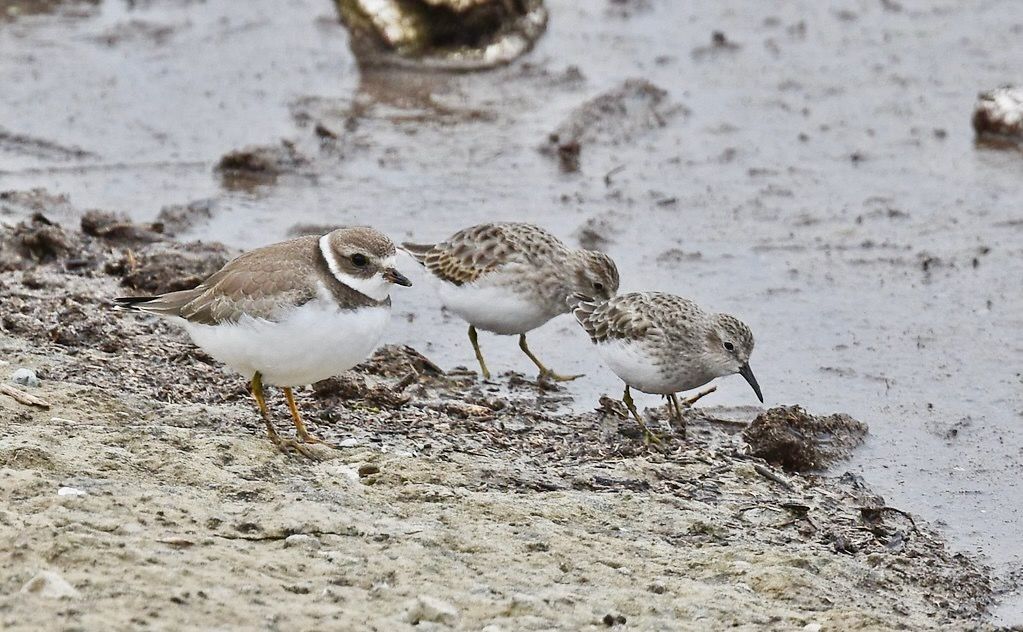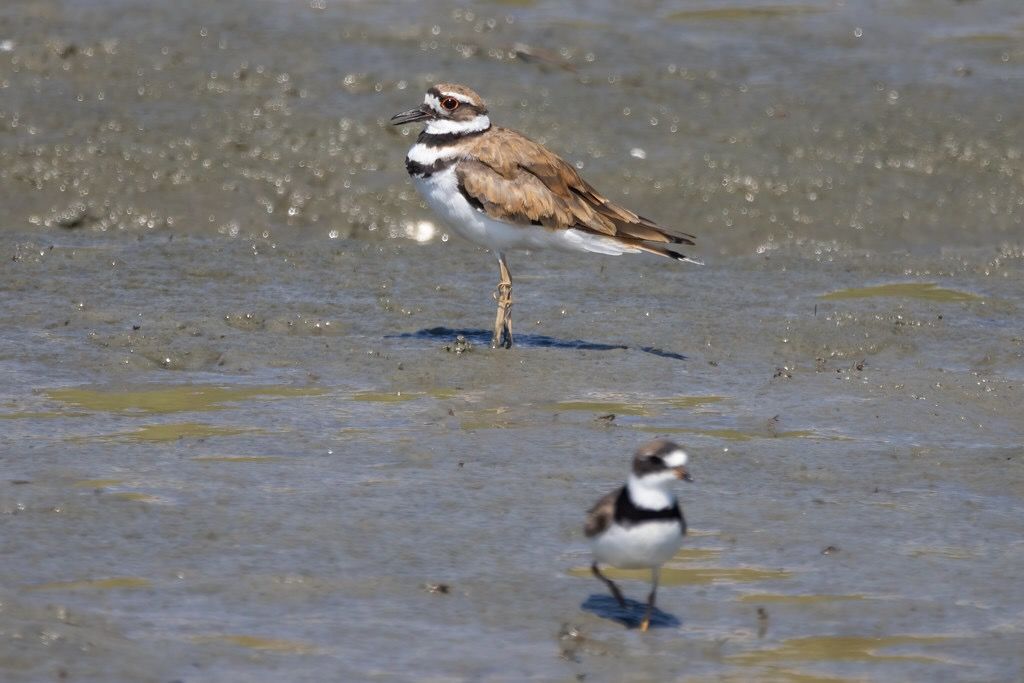Semipalmated Plover
According to records available for Salter Grove from 2002 through 2024, the eight sightings of the Semipalmated Plover have all been during July and August. The park's inland location does not attract the large flocks of migrating shorebirds that prefer extensive coastal beaches and mudflats. Look for this passage migrant on the patches of mud flats exposed during low tide at the boat launch, or along the shoreline of the causeway and the Marsh Trail.
From a distance, the Semipalmated Plover might initially be mistaken for the larger Killdeer except it has only one breast band. Despite the bold plumage pattern it still may be difficult to see against a mudflat or beach littered with tidal debris. Besides the single breast band, seasoned birdwatchers use its run-and-stop foraging style, and its shorter and stubbier beak to distinguish it from the Semipalmated Sandpiper, a common traveling companion.
It is called semipalmated because it has partially webbed feet which may keep it from sinking in the mud flats where it forages for small aquatic invertebrates like crustaceans, marine worms, mollusks, and snails. It also stirs shallow water with one leg to expose prey items hidden in the mud. While on migration, it feeds on the earthworms, insects, spiders, and even plant seeds in agricultural fields.
Like many other shorebird species, the Semipalmated Plover breeds in the Arctic. However, it is not limited to nesting in tundra vegetation but will also nest on barely vegetated pebbly or sandy ground near ponds, rivers, or estuaries that provide good feeding substrate. The non-breeding months are spent in coastal areas of the southern United States, the Caribbean, and much of South America.


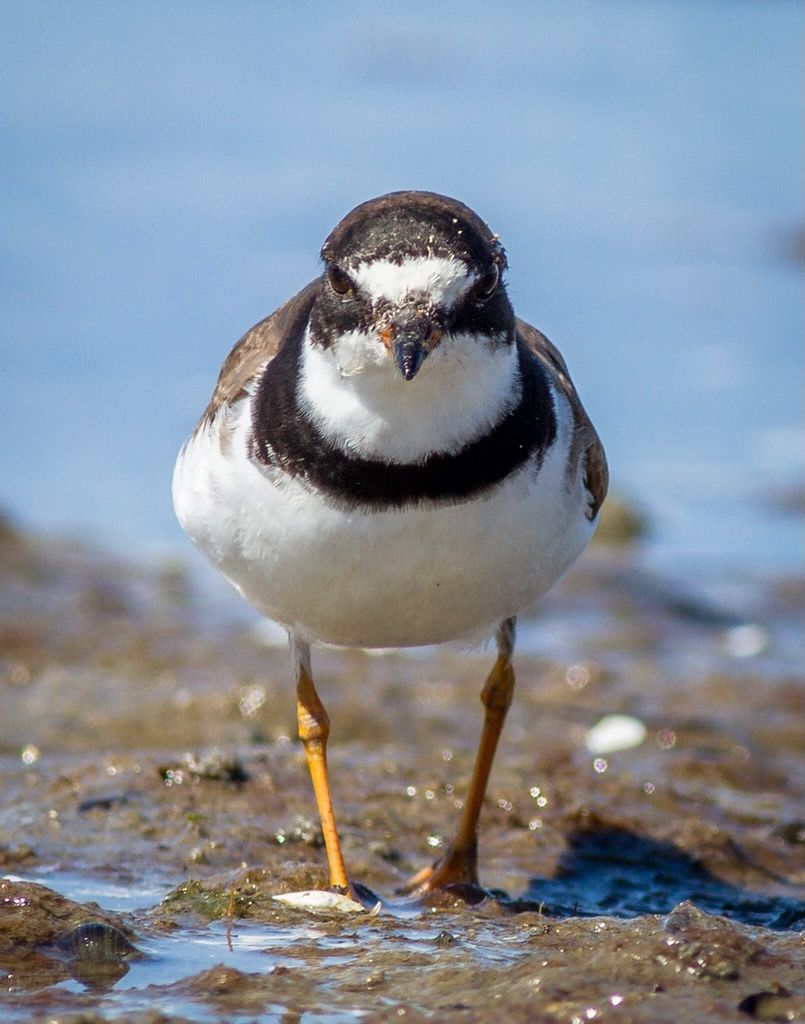
.jpeg?w=350?blur=10)
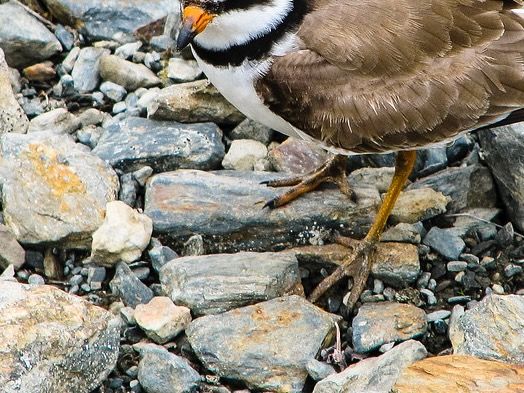
![Semipalmated Plover [64/100] by timsackton is licensed under CC BY-SA 2.0.](/_files/public/Bird Galleries/Semipalmated Plover/07 Semipalmated Plover 2sep17.jpeg?w=350?blur=10)
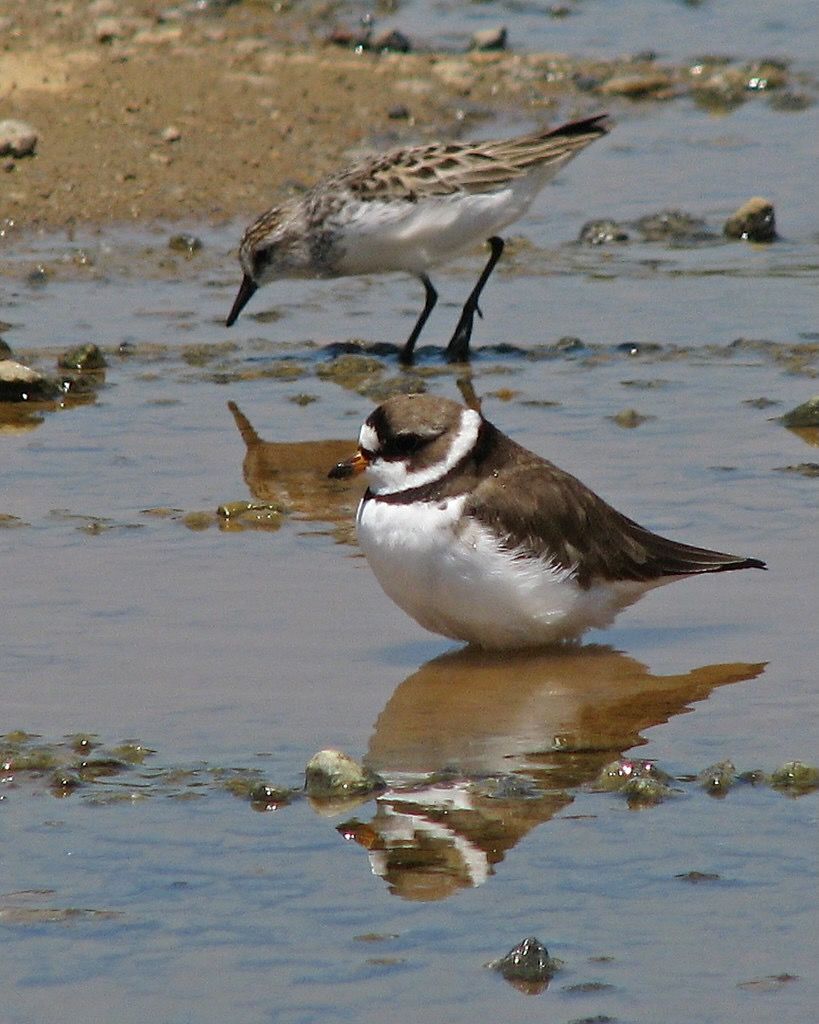

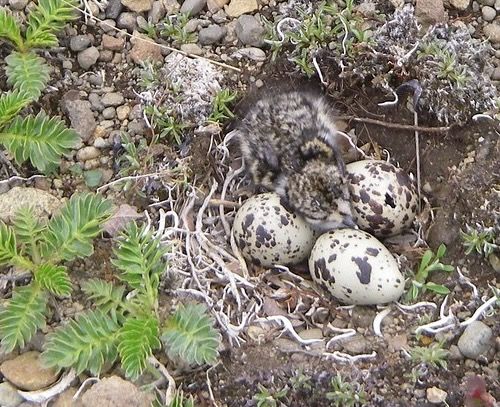
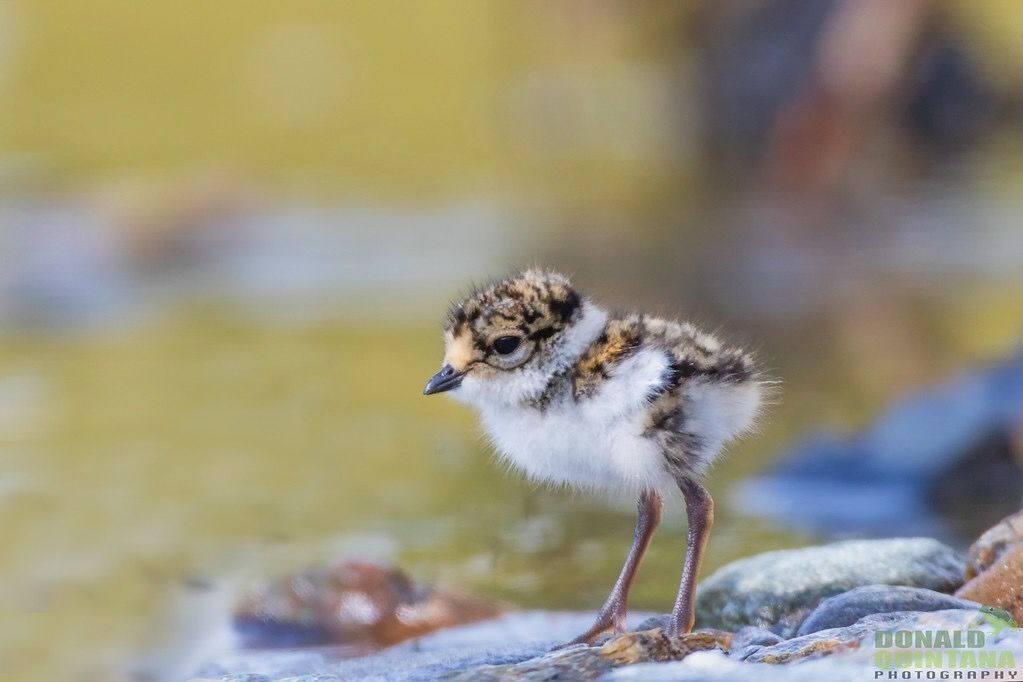
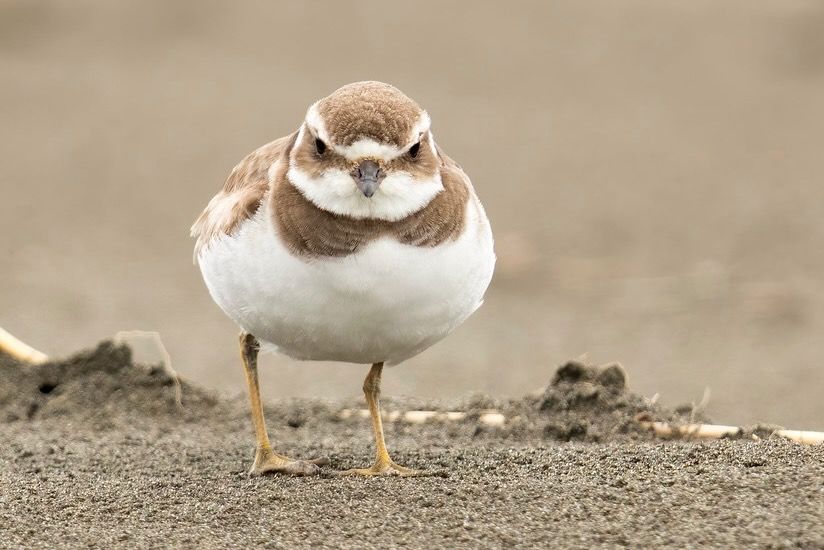
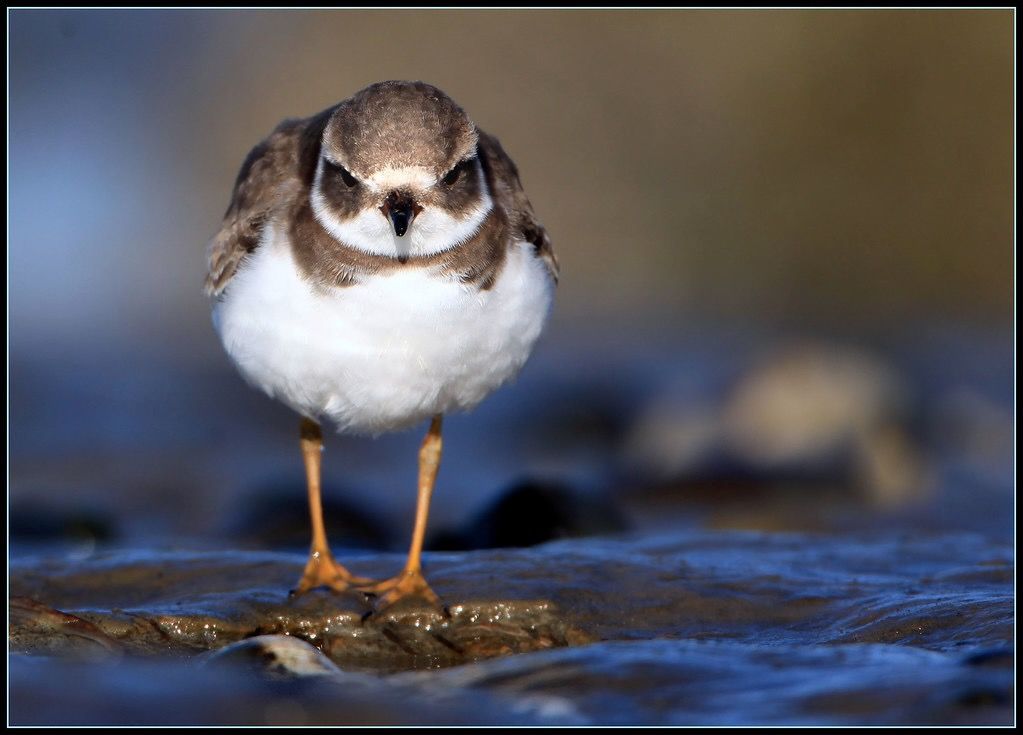
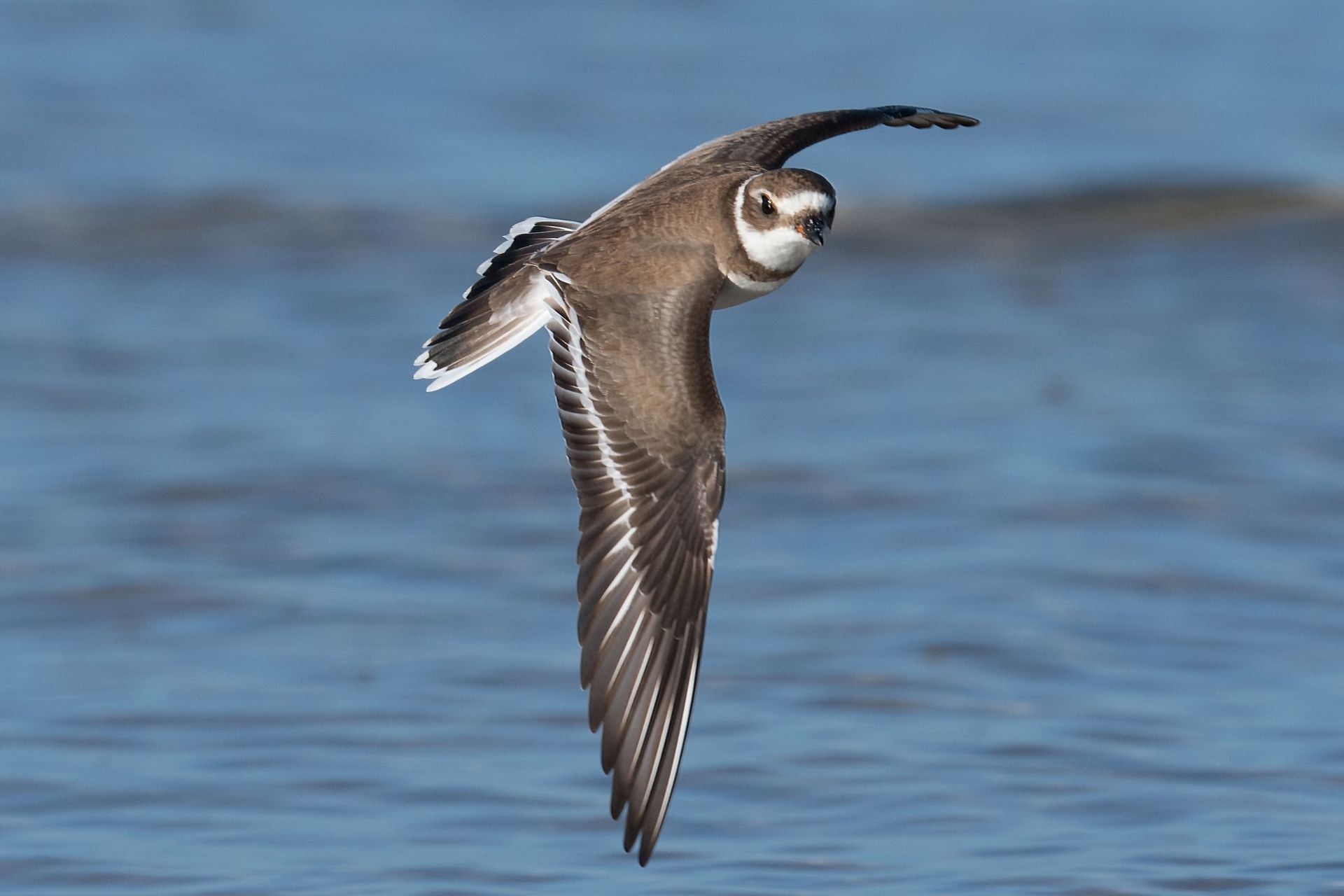
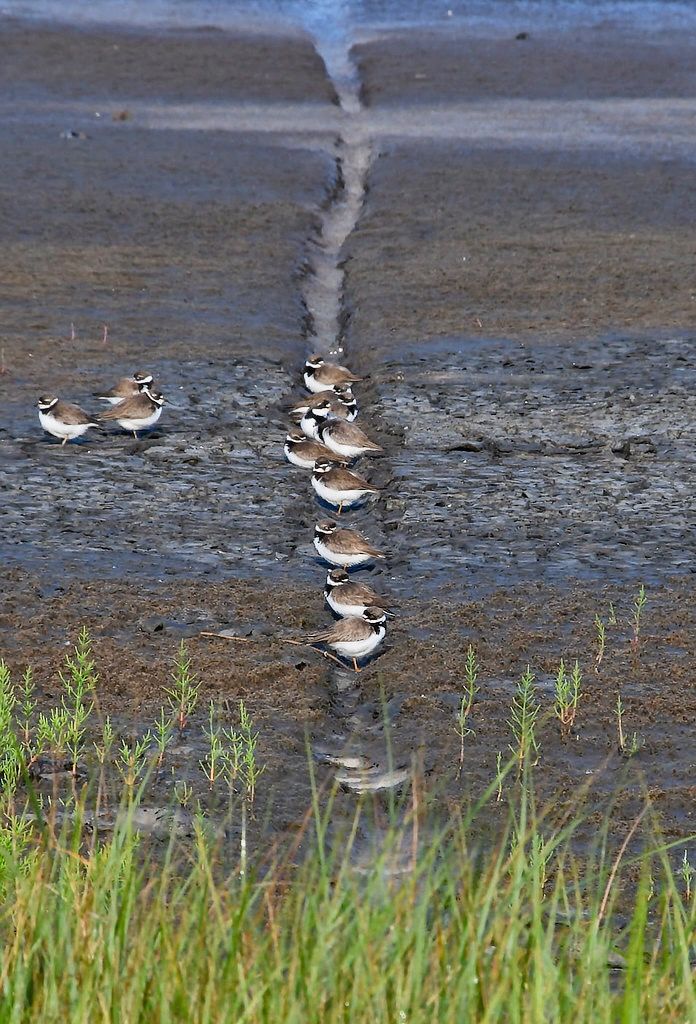
, Semipalmated Sandpiper (B) 13aug07.jpeg?w=350?blur=10)
